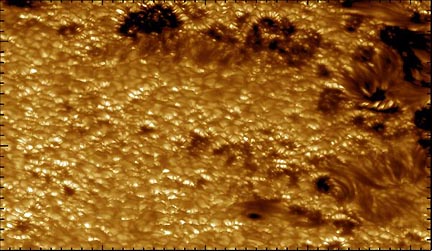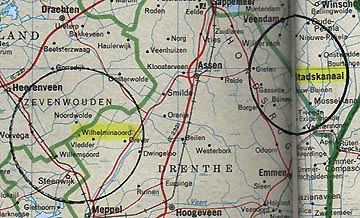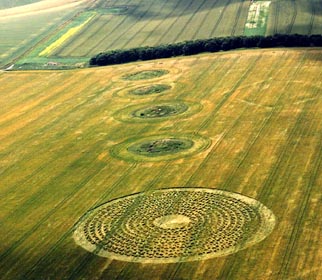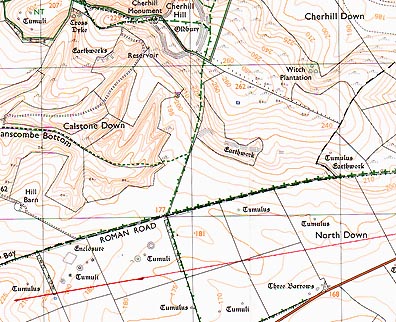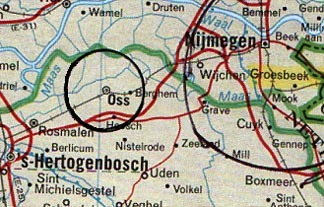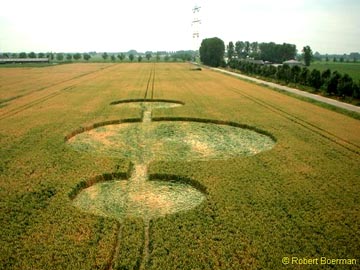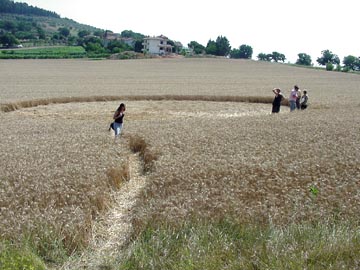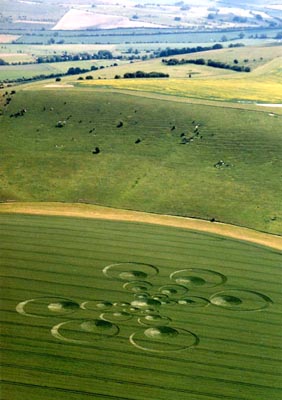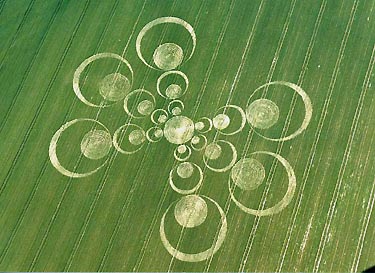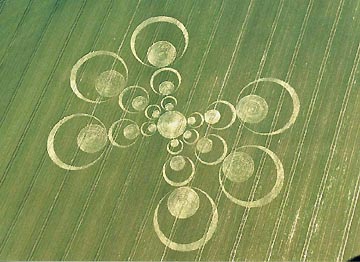
July 17, 2003 Howell, New Jersey After the Ogbourne St. George formation was discovered in Wiltshire, England, on Sunday, June 15, photographer and researcher Lucy Pringle wondered if it could be an 8-fold geometry instead of 6-fold? The reason is the “butterfly wing” distribution of the six arms, rather than an equally spaced distribution of the arms or spokes around the central circle. I was curious and asked professional land surveyor, Vincent Creevy, of Howell, New Jersey, to look at Lucy’s aerial photographs.Click for report.








